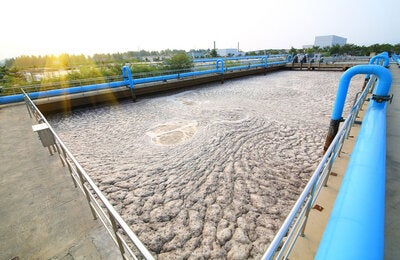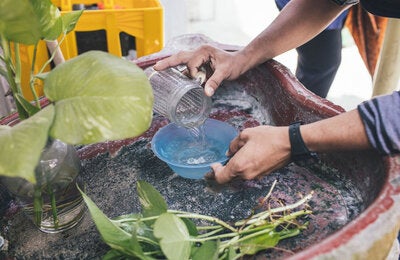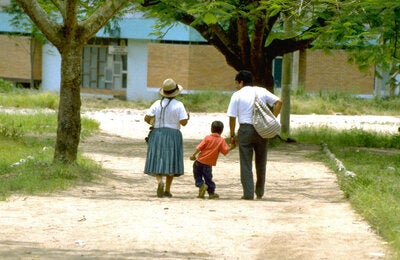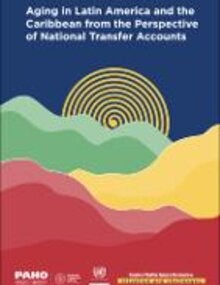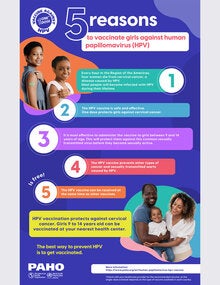The islands of Bonaire, St. Sonaire and Saba are located in the Caribbean and have been special municipalities of the Netherlands since 2010. This change in administration has resulted in greater benefits related to social determinants and health, a universal health insurance system and improved medical care and education.
In 2000 the total population of Bonaire, Sint Eustatius and Saba was 13 960 inhabitants; by 2023 this figure had risen to 27 148, representing a 94.5% increase.
Regarding the country’s demographic profile, in 2023 people over 65 years of age accounted for 14.3% of the total population, an increase of 6.7 percentage points compared to the year 2000. In 2023, there were 95.8 women per 100 men and 85.7 older people (65 years or older) per 100 children under 15 years of age.
Considering the population between 15 and 64 years of age to be potentially active (i.e., potential participants in the labor force), this group represented 69.0% of the total population of the country in 2023 (18 745 people). When we add these figures to the potentially passive population (4 525 under 15 years of age and 3 879 over 65 years of age), the result is a dependency ratio of 44.8 potentially passive people per 100 potentially active people. This ratio was 50.9 in 2000. Life expectancy at birth in 2023 was 77.1 years, lower than the average for the Region of the Americas and 2.0 years higher that in 2000.
(Read More: Health in the Americas+)







